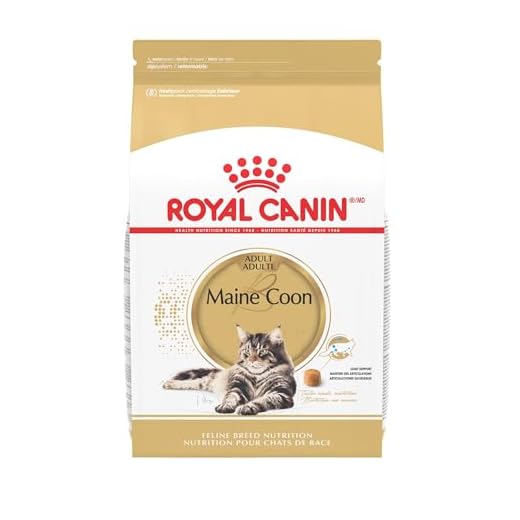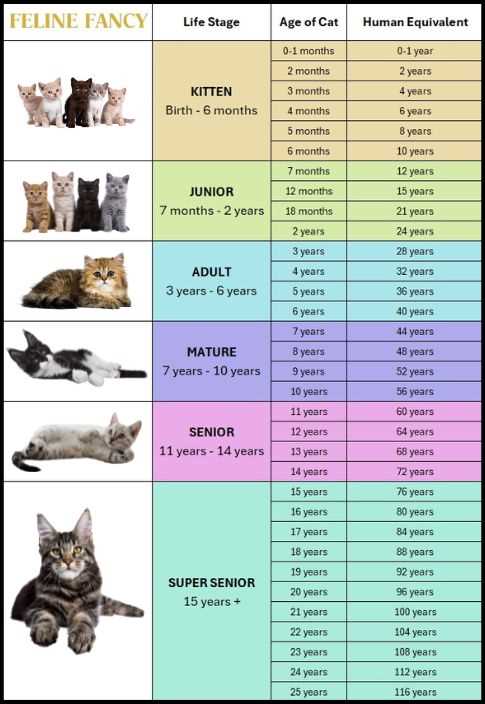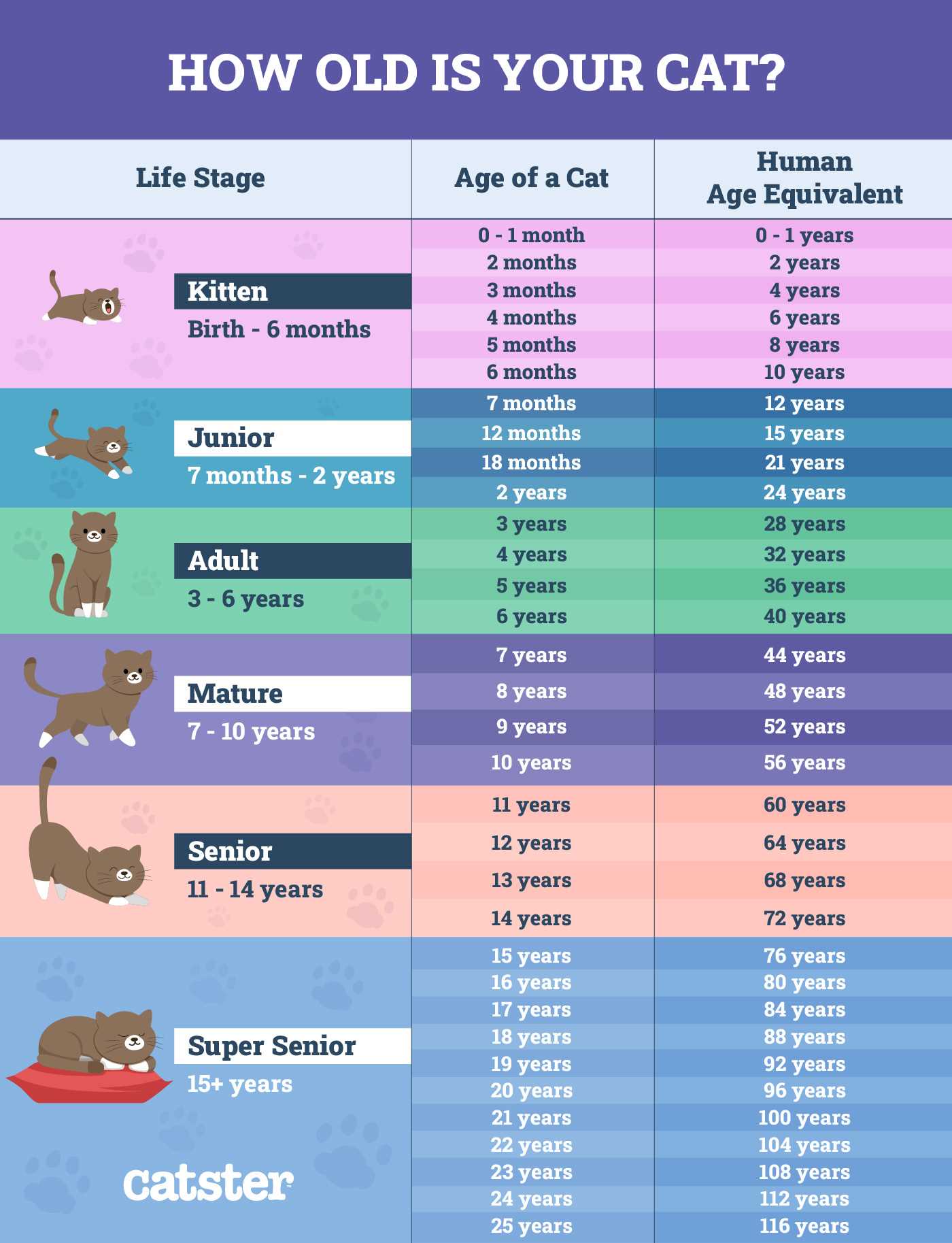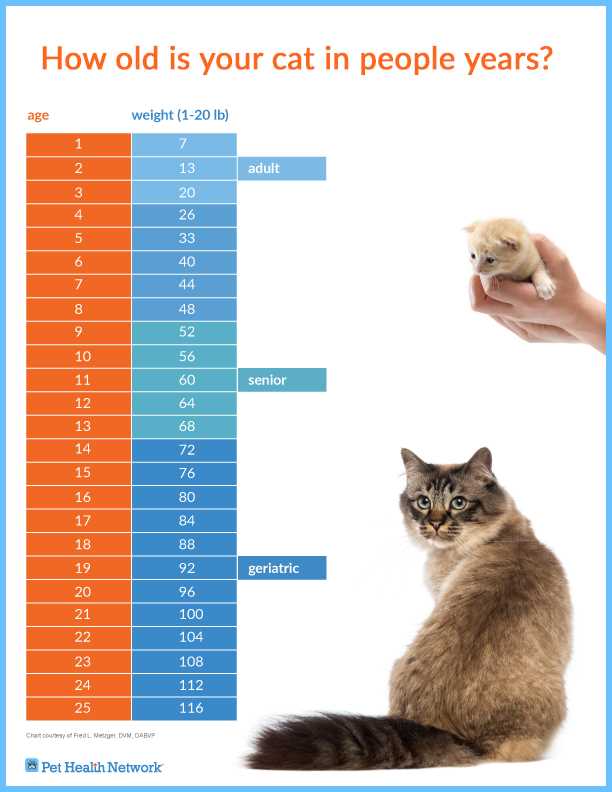



At eight years old, I’ve gathered some intriguing insights about the progression of time for furry companions. The common belief is that one feline year is roughly equivalent to seven human years, but this formula doesn’t capture the full story. The initial years are crucial; the first twelve months of my life are often compared to the first fifteen years of a human’s existence. By the time I hit that one-year mark, I was already navigating my world with the confidence of a teenager!
As I advanced to my second year, I transformed into an adult, paralleling a young adult human around the age of 24. Each subsequent year might not translate directly into seven human years, as the pace of development slows. By the time I reach my fifth year, I’m roughly akin to a 36-year-old person, and then the comparisons start to shift. Beyond this, the aging process becomes more gradual, with each year adding approximately four human years to my life.
Understanding this timeline can help my human friends provide better care and adapt their expectations as I mature. Regular veterinary check-ups, tailored nutrition, and a stimulating environment are essential to ensure that I thrive through every stage of my development. So, the next time you ponder the progression of time for me, remember that it’s not a simple equation but a unique journey filled with growth and change!
Do Cats Age Like Humans
As an 8-year-old Scottish Fold, I’ve got a few insights to share about how my kind matures compared to your species. It’s a bit different, and here are the specifics.
First, here’s a quick reference table to illustrate the approximate equivalents between my years and yours:
| My Age (Years) | Human Equivalent (Years) |
|---|---|
| 1 | 15 |
| 2 | 24 |
| 3 | 28 |
| 4 | 32 |
| 5 | 36 |
| 6 | 40 |
| 7 | 44 |
| 8 | 48 |
At 8 years, I’m in my mature phase, which can mean different things. While I’m still playful and curious, I may also start taking naps more frequently and prefer quieter environments. Nutrition becomes critical; a balanced diet tailored to my stage can aid in maintaining health and vitality.
Regular check-ups with a veterinarian are crucial as I transition into this period, allowing for early detection of any potential issues. Staying active through playtime and mental stimulation is also key to keeping my spirit youthful.
In summary, understanding the differences in our life cycles helps ensure that I receive the right care as I grow older. Adjustments in my diet, exercise, and routine can significantly impact my quality of life.
Understanding the Feline Aging Process
At eight years old, I can tell you that our life stages vary significantly from those of our human companions. The transformation from kitten to adult occurs swiftly, and the transition to senior status happens just as quickly. It’s crucial to understand these phases for better care.
Life Stages Breakdown

During the first year, I mature rapidly, equivalent to about 15 years in human terms. By the second year, I reach around 24 years. After this, the pace slows; each year for me is approximately 4 human years. This means that by the time I hit my eighth birthday, I’m roughly 48 in human years.
Health Considerations
As I progress into my senior years, monitoring my health becomes paramount. Regular veterinary check-ups are vital. Look out for changes in behavior, appetite, and energy levels. Dental health, joint function, and weight management require particular attention. Nutritional needs may also shift, necessitating a diet tailored to my age and activity level.
Understanding these changes helps ensure I live my best life, filled with comfort and joy.
Comparing Cat Years to Human Years
To convert my years into those of a human, you can use a simple formula: the first year of my life equals 15 human years, the second year adds another 9, and each subsequent year counts as 4. So, at 8 years old, I’m approximately 48 in human terms.
This conversion isn’t just about numbers; it reflects our varying life stages. In my first year, I experienced rapid growth and development, similar to an infant in the human world. By the second year, I transitioned into what might be compared to a teenager, full of energy and curiosity.
From ages 3 to 6, my maturity level aligns with a young adult, where I begin to establish my personality and preferences. By 7, I enter the senior phase, akin to someone in their mid-40s, becoming more laid-back and wise, yet still playful.
It’s essential to consider that individual health, breed, and lifestyle influence this comparison. Regular veterinary check-ups and a balanced diet can help maintain my vitality, regardless of the number of candles on my birthday cake.
Understanding this conversion helps my humans provide the best care suited to my life stage, ensuring I remain a happy and healthy companion throughout my years.
Impact of Breed on Aging in Cats
Specific breeds demonstrate distinct patterns in the progression of life. For example, Persian and Maine Coon varieties often have longer lifespans compared to breeds like the Sphynx or Siamese. Genetics and inherent health predispositions play a significant role in this variability. Regular veterinary check-ups tailored to each breed can enhance health management, helping to identify potential issues early.
Breed-Specific Health Considerations
Scottish Folds, like myself, are known for cartilage abnormalities that can affect mobility. This condition often develops as we mature, making it crucial to monitor joint health closely. Similarly, breeds such as Abyssinians and Bengals are prone to specific genetic conditions, necessitating unique care strategies to promote longevity and well-being.
Diet and Lifestyle Based on Breed
Nutritional needs can vary significantly between breeds. For instance, larger breeds may require higher protein intake to support their muscle mass, while others might benefit from specialized diets to manage weight and prevent obesity-related issues. Tailoring diet and exercise routines to breed characteristics is essential for maintaining optimal health throughout life.
Health Considerations for Aging Felines
Regular veterinary check-ups are crucial for ensuring the well-being of older companions. I recommend scheduling visits at least twice a year to monitor weight, dental health, and organ function. Early detection of health issues can lead to more effective treatments.
Nutrition Adjustments
Diet plays a significant role in maintaining health. Transitioning to a specialized diet formulated for mature companions can help manage weight and support joint health. Look for options that contain high-quality proteins and reduced calories. Hydration is equally important, so always have fresh water available.
Exercise and Mental Stimulation
Encouraging physical activity can prevent obesity and promote joint mobility. Interactive toys and gentle play sessions help keep energy levels up. Mental engagement is just as important; puzzle feeders can challenge their minds and keep boredom at bay.
Lastly, consider monitoring changes in behavior or habits. Changes might signal underlying health issues. Staying observant can lead to timely interventions, ensuring a happier and healthier life for your beloved friend. For those interested in aquatics, check out this guide on how to lower carbonate in fish tank for maintaining a balanced environment.
Signs of Aging in Cats and What to Watch For
Pay attention to how I move. Stiffness or reluctance to jump onto high places can indicate changes in my joints. If I start to prefer lounging over playtime, it’s a sign that my body may be feeling different.
Changes in my eating habits can also be significant. If I suddenly lose interest in my favorite treats or begin to eat less than usual, this could be a signal of underlying health issues. Regularly monitoring my weight is essential; both weight loss and gain can point to problems that need attention.
Behavioral Changes

Notice how I interact with my surroundings. If I become more withdrawn or irritable, it might reflect how I’m feeling physically or emotionally. Increased vocalization can also be a sign that something is off, whether it’s a need for attention or discomfort.
Grooming Habits
Check my grooming routine. If I seem less interested in keeping my fur tidy or if I develop matting, it could signal that I’m struggling to maintain my usual hygiene. Changes in my dental health, like bad breath or gum issues, can also appear as I mature, so regular dental check-ups are advisable.
How to Care for Senior Cats

Prioritize regular veterinary check-ups every six months to monitor health changes and prevent potential issues. Routine blood tests can help detect underlying conditions often associated with maturity.
Adjust diet to accommodate specific needs. Choose high-quality, easily digestible food enriched with nutrients to support joint health and maintain weight. Consider specialized formulas designed for older felines.
Ensure hydration is a priority. Provide fresh water daily and consider wet food options to encourage fluid intake. Dehydration can lead to serious health complications.
Maintain a comfortable environment. Provide soft bedding and ensure easy access to litter boxes. Elevate places for resting and lounging to avoid strain on joints.
Encourage gentle exercise. Playtime should be engaging yet low-impact. Use toys that stimulate without overwhelming. Short, frequent play sessions can help keep energy levels balanced.
Monitor behavior closely. Changes in habits, eating patterns, or litter box usage can indicate health concerns. Early detection is key to effective treatment.
Consider pet insurance for older cats to help manage unexpected medical costs as health needs change.
Stay attentive to dental health. Regular dental check-ups and cleanings can prevent oral diseases, which are common in older companions.
Provide mental stimulation through puzzle toys or interactive games. Keeping the mind active is as crucial as physical activity.








